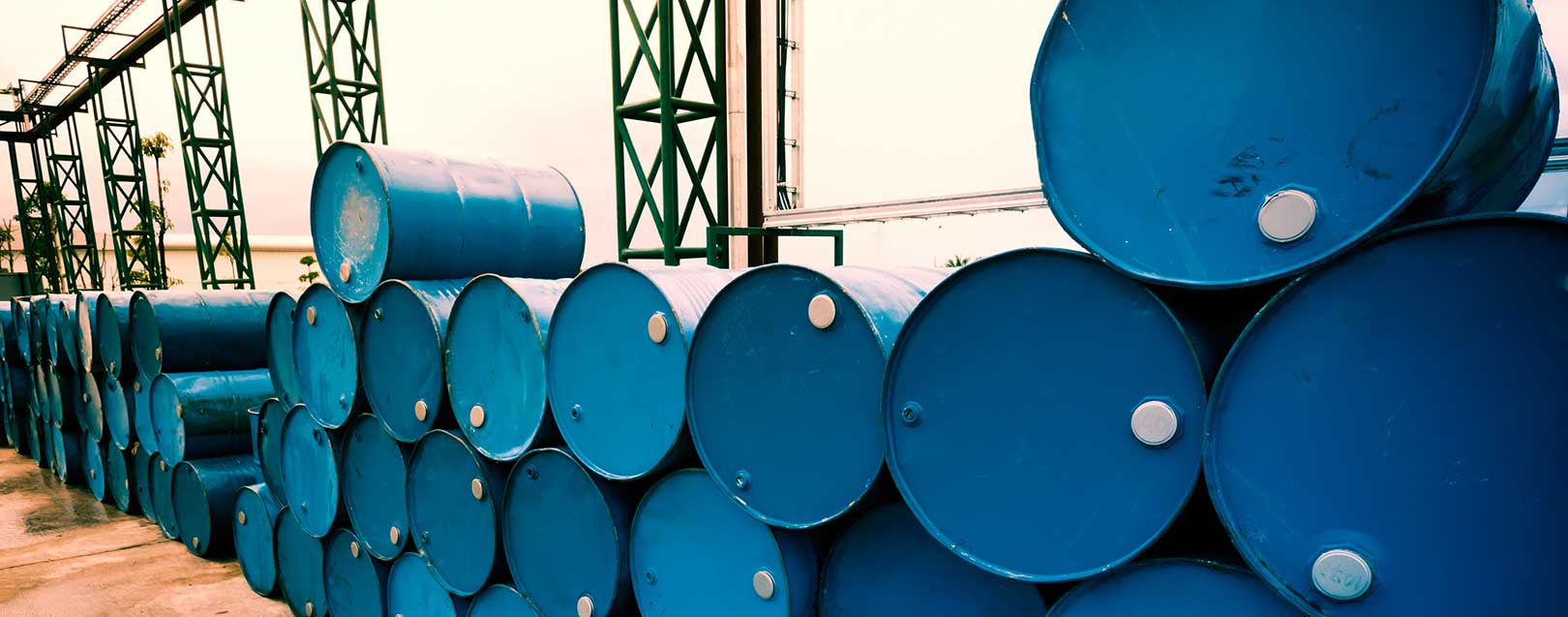
India's crude imports from Russia on the rise
The Dollar Business Bureau
Due to massive oil production cuts being enforced by OPEC nations, major oil importing countries, especially India, are diversifying their supplier regions. India, for the first time in years, saw its Ural oil imports from Russia drastically surge, as a result of cuts in supplies from its two main oil suppliers – Saudi Arabia and Iraq.
While India's crude imports from Russia have never crossed 500,000 tonnes annually, 2017 has already witnessed over 1 million tonnes of Ural import.
ONGC, India's oil and gas major, keen on securing India's energy future, intends to invest over $3 billion in Iran's newly discovered Farzad-B natural gas field. Due to disagreements with Iran's authorities over the development rights to this gas field, India has slashed quantities of oil import from Iran as well.
Saudi Aramco, one of the world's biggest oil suppliers, plans to cut down its share in supplies by 3 million barrels to India, and by 7 million barrels to Asia in June 2017. Due to production cuts up to 1.8 million bpd made by a pact among OPEC countries and a group of other oil producing nations, Aramco's crude production has shrunk. Demand from other countries can no more be satiated by the middle-east, which is tied by output caps imposed to revive oil prices to over $60 mark.
Oil trade between India and Russia is expected to further increase if Russia's public sector oil giant Rosneft finalises a deal to acquire India's Essar plant valued at $12 billion.
If an extension of OPEC production cut beyond 6 months materialises, Russia's increase in crude exports to India will not be temporary. Such a scenario is highly likely, considering the price target of $60 per barrel is still out of sight, owing to countries not bound by OPEC deal, like USA, filling in for the shortage caused by low production. The Middle-East not being able to achieve the objective of high price increments despite excessive efforts is suggestive of the fact that it is no longer in monopoly of this precious commodity anymore.





